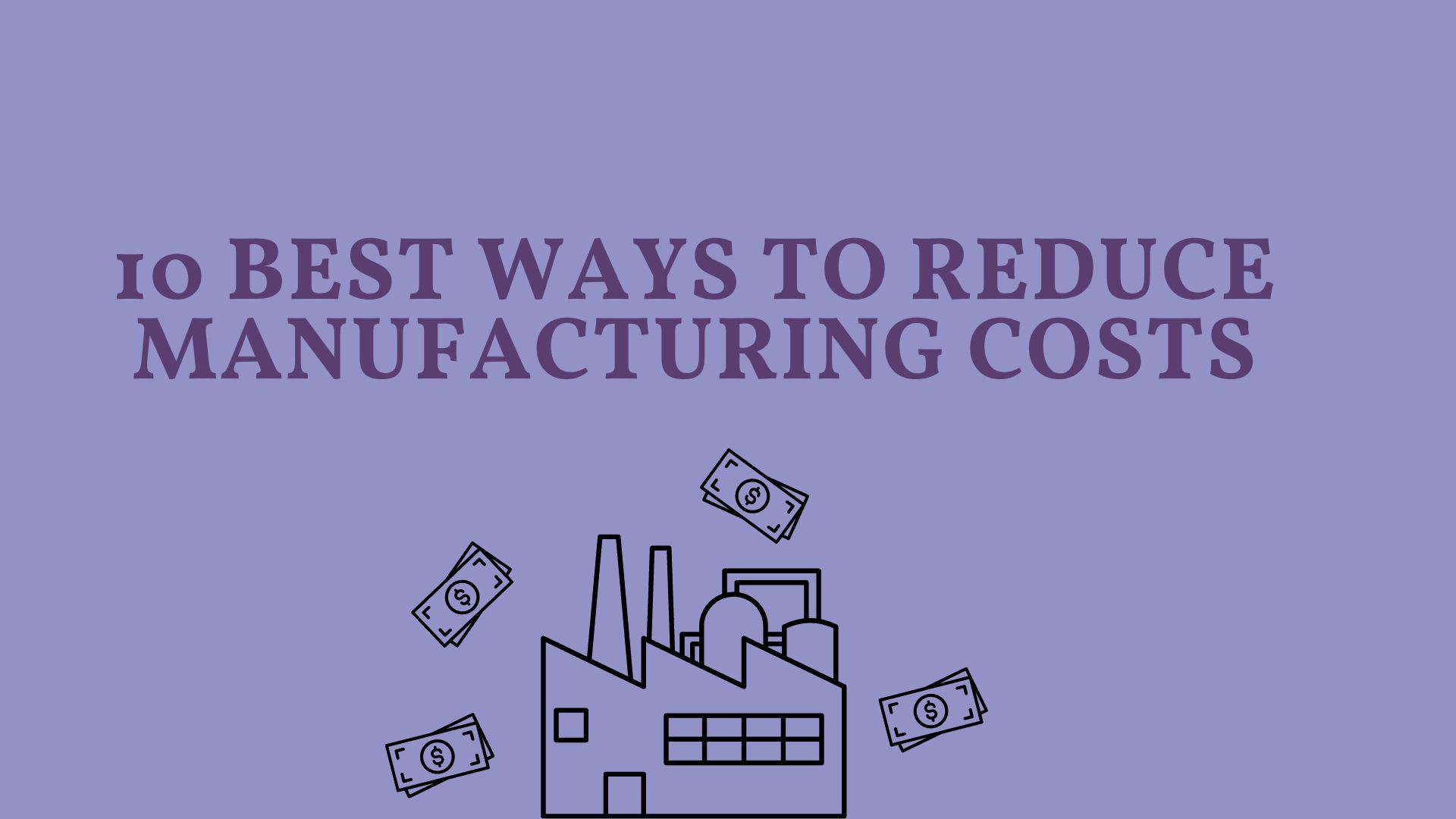Cost reduction in manufacturing not only boosts profitability but also enhances the overall efficiency of the production process. Here, we explore ten actionable strategies to help manufacturers minimize expenses and maximize productivity.
1. Streamline Production Processes
A meticulous review of your production line can reveal inefficiencies and bottlenecks that, once eliminated, can significantly reduce costs. Implementing lean manufacturing principles, such as 5S, Kaizen, and Six Sigma, helps eliminate waste, improve workflow, and decrease cycle times, leading to substantial cost savings.
2. Embrace Energy Efficiency
Energy consumption can significantly impact manufacturing costs. Conducting an energy audit and investing in energy-efficient solutions, such as LED lighting, high-efficiency motors, and automated energy management systems, can lead to significant reductions in energy bills.
3. Outsource Non-core Functions
Evaluate the components of your manufacturing process that are not central to your business’s primary activities. Outsourcing such functions, like maintenance, janitorial services, or certain manufacturing stages, can reduce costs by leveraging the expertise and economies of scale of specialized providers.
4. Negotiate with Suppliers
Building strong relationships with your suppliers and negotiating better terms can lead to significant cost reductions. Seek opportunities for bulk purchasing, longer payment terms, or discounts for early payment to reduce material costs and improve cash flow.
5. Minimize Material Waste
Implementing strict inventory management practices can significantly reduce waste and associated costs. Adopting Just-In-Time (JIT) inventory techniques ensures materials are only ordered and received as needed, minimizing storage and handling costs while reducing waste from spoilage.
6. Leverage Automation and Technology
Investing in automation and modern manufacturing technologies can yield long-term cost savings. Automated machinery and robotics reduce labor costs and improve production speed and quality. Additionally, adopting software solutions for inventory management, production scheduling, and quality control can enhance operational efficiency.
7. Invest in Employee Training
A well-trained workforce is more efficient and makes fewer errors, leading to cost savings. Investing in ongoing employee training and development programs can improve worker productivity and retention, reducing the costs associated with turnover and mistakes.
8. Implement Preventive Maintenance
Regular maintenance can prevent unexpected equipment failures that lead to costly downtime. By adopting a preventive maintenance schedule, manufacturers can ensure that equipment is consistently operating at peak efficiency, extending its lifespan and avoiding expensive repairs or replacements.
9. Simplify Product Design
Revisiting product designs can reveal opportunities to reduce manufacturing complexity and costs. By eliminating unnecessary components and optimizing design for manufacturing (DFM), products can be made more efficiently and at a lower cost without affecting quality.
10. Optimize Supply Chain Management
A comprehensive review of your supply chain can uncover inefficiencies that lead to unnecessary costs. By optimizing inventory levels, consolidating shipments, and negotiating better shipping rates, manufacturers can significantly reduce supply chain expenses.
In conclusion, reducing manufacturing costs is a multifaceted approach that requires a combination of strategic planning, process optimization, and smart investments. By implementing these ten strategies, manufacturers can not only reduce costs but also improve their operational efficiency and competitive edge in the market.









